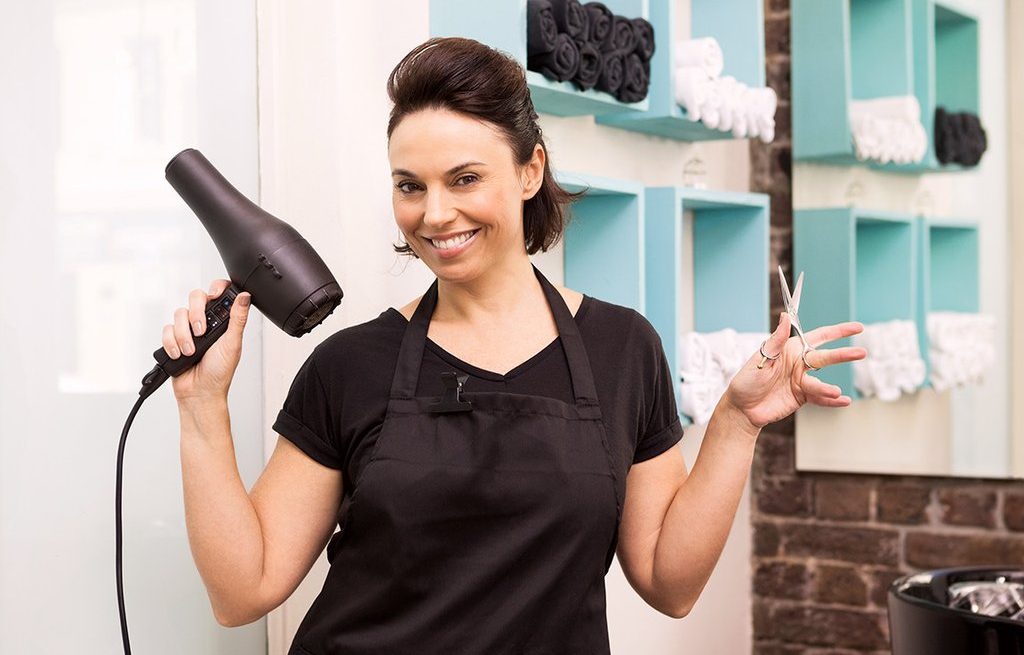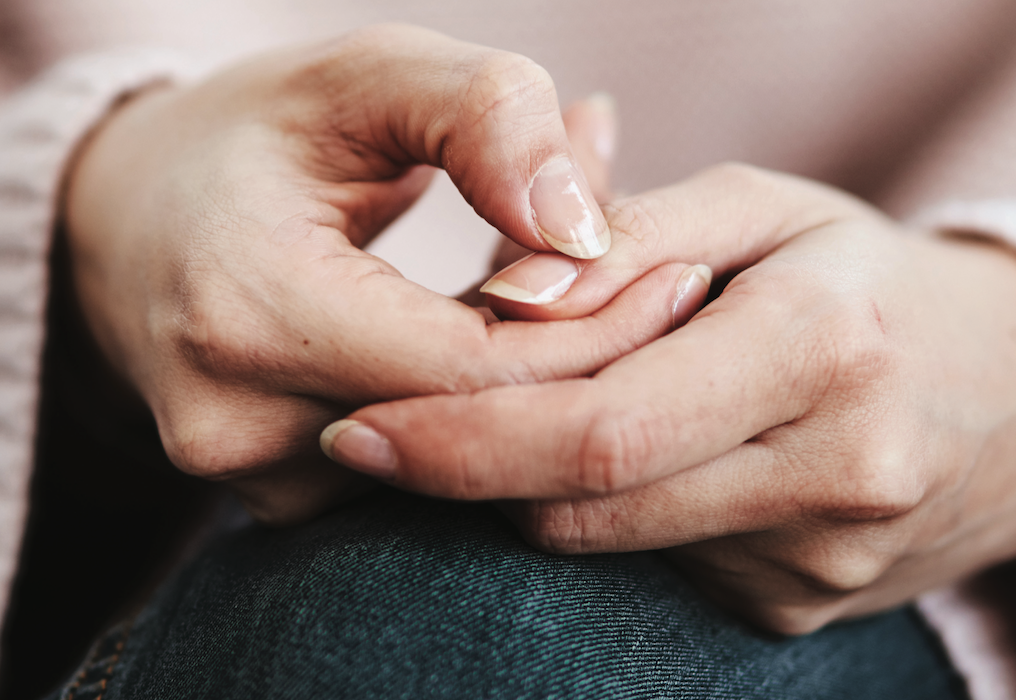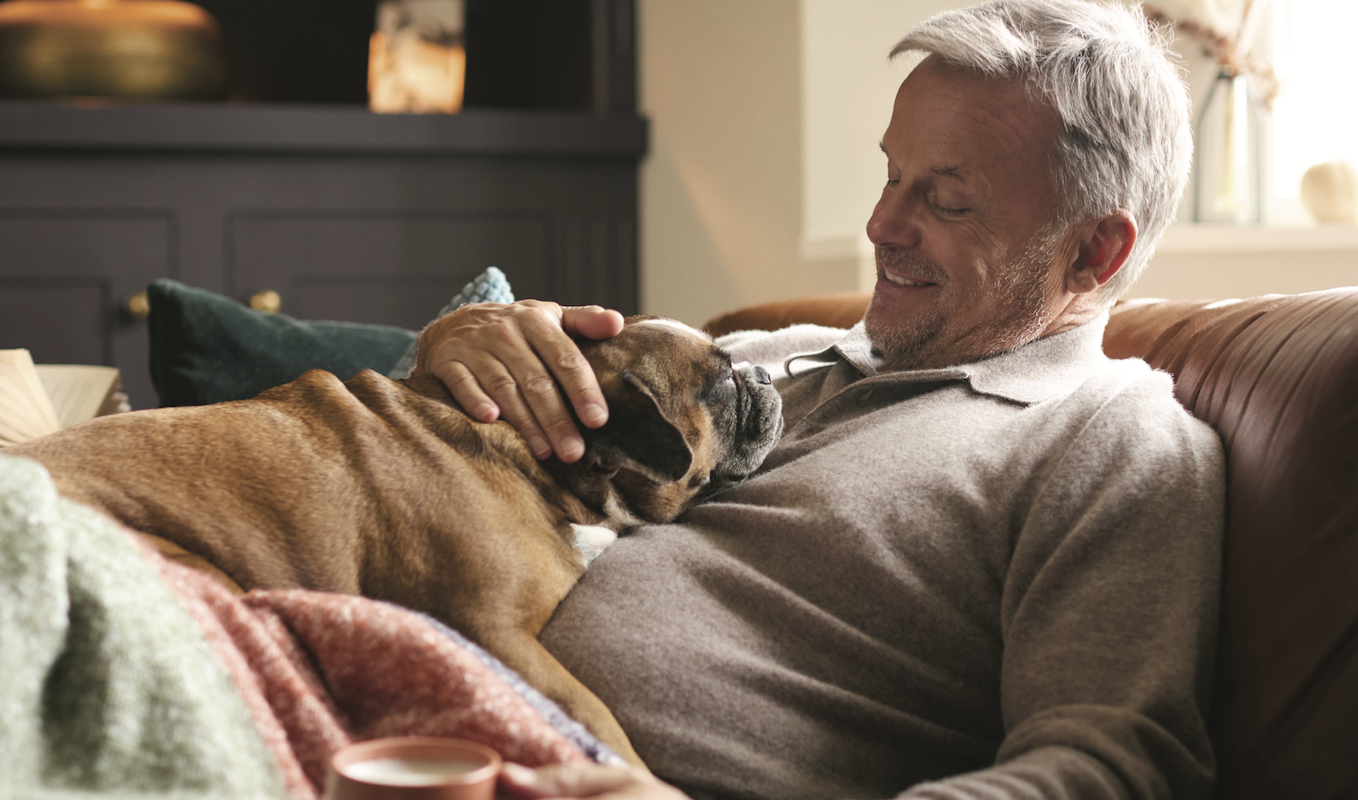FRAZZLED BY FRIZZ OR FLY-AWAY HAIR? WE HAVE SOLUTIONS FROM THE PROS
By Lola Augustine Brown and Joanie Pietracupa
My hair never looks better than during those glorious few days after a hair appointment. After that first wash at home, though, things tend to go awry. I’m useless at blow-drying my hair, and if there’s any humidity at all, my hair is just a frizzy mess.
Few of us have perfectly behaved hair, but there are ways to tame it. We looked at the eight most common hair concerns and asked three experts to share their tips for creating that just-out-of-the-salon look at home.
“MY HAIR IS THIN AND HAS NO VOLUME.”
“If you want to add volume to thinner hair, the first step is to use shampoo and styling products formulated for that specific hair type,” says Jorge Joao, principal stylist for Redken Canada.
You’re also going to have much better luck making your hair look fuller when you blow-dry it instead of letting it dry naturally. After you step out of the shower, apply thickening lotion to your hair, from roots to ends, and blow-dry your hair in sections, using a round brush.
“To maximize your results, be sure to lift hair at the roots with the brush and concentrate the hot air there for a few seconds. Then use an antihumidity styling spray, and voila!” Joao says.
If you find your hair falling flat later in the day, Joao advises sprinkling some texturizing powder on the roots and through the length of your hair before bowing your head and giving it a shake, working your fingers through your hair.
“WHEN I USE HAIRSPRAY, MY HAIR LOOKS LIKE IT’S MADE OF CARDBOARD.”
Sandy Hogue of L’Oréal Professionnel Canada says that there are usually two reasons hairspray does this: you’re spraying the product too close to your head or you’re using the wrong product for your hair.
“All hairsprays should be sprayed at a distance of about 12 inches [30 centimetres] from your scalp,” she says, suggesting that using a texturizing spray that gives volume and hold while leaving hair soft (as opposed to using a sticky hairspray) is often a good option. Don’t be afraid to ask your stylist for recommendations, as he or she will know your hair and what products will work best for you.
“MY ATTEMPTS AT A HOME BLOW-DRY FALL FLAT EVERY TIME.”

“Without making yourself dizzy, put your head down and start blowing your hair from that position. Once the roots are dry, part your hair into small sections and then use a round brush to blow-dry each section straight or curly, depending on the style you want,” Racine advises. “After you’ve dried your hair, finish it with something light, such as a serum or a light styling crème, which will give you maximum control on frizz, and then apply a light hairspray. This way, your hair should keep its style for at least four days—because, really, who wants to have to blow-dry every day?”
“I CAN’T GET A CURLING IRON TO WORK FOR ME AT ALL.”
Your first consideration is whether you’re using the right curling iron for the job. For tight curls, you need a curling iron with a diameter of less than an inch (2.5 cm). To create more natural-looking waves and add bounce to your hair, go for a curling iron with a larger barrel, one to two inches (2.5–5 cm) in diameter.
Hogue recommends investing in cordless curling irons, as these are the most effective tools for the job (no more annoying cords dictating how you can position the curling iron when you’re trying to reach the trickier parts of your head). “When using the iron, hold it in position on your hair for at least 10 seconds to allow time for the heat to pass through the hair, and then let your hair cool before styling the curls,” Hogue says.
“IF THE AIR IS DAMP, MY HAIR IS A FRIZZY MESS.”
If you blow-dry your hair, controlling frizz begins with using the right styling product when you dry it, Racine says. There are lots of products on the market formulated to deal with frizz and fly-away hair, and they really help. If you don’t blow-dry, you can run these antifrizz products through damp hair and still see good results when it dries naturally.
“MY HAIR IS DULL AND LACKLUSTRE.”
“Often, once women are past 45, the texture of their hair begins to change,” Hogue says. “This may happen suddenly or slowly, over time. The hair becomes brittle and dehydrated, making it look dull and tired-looking.”
If you’re a serial abuser of flat irons or straighteners, this may be more noticeable. You can fix this problem by laying off the heated hair tools or by using a serum designed to protect the hair as you use these tools, and by treating your hair to some richly hydrating products such as deep-conditioning hair masks. When styling your hair, finish with a glossing serum to help hair look immediately more lustrous.
“MY FLY-AWAY HAIR DRIVES ME NUTS.”
Fine fly-away hair that refuses to behave can be frustrating. The cause is either new hair growth or broken strands, but the result is the same—little straight hairs that stick out. Hogue advises applying a styling cream developed especially for fine hair to tame these strands and then spraying them with a light styling spray to keep them in place once you’ve flattened them down.
“You can also try using an antifrizz mask on your hair once a week, which will control the frizz really well,” says Racine, who cautions that you should use a mask only once a week, otherwise the hair can become really weighed down, making it look limp.
“THE ENDS OF MY HAIR ARE BRITTLE AND I HAVE LOTS OF SPLIT ENDS.”

“Apply it once a week from mid-shaft to the ends of your hair, let it sit for around 15 minutes, and then rinse it out, and it will mend the ends of your hair. Again, avoid your roots because they don’t need this treatment, and applying it to the roots can weigh the hair down,” he says.
Photo: iStock/Wavebreakmedia.
Photos: iStock/Deepblue4you (blow-dry) and M-imagephotography (fine hair).






